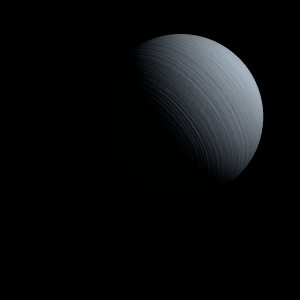|
|
Space Astro
|
Info for exoplanet "Julskaka Phaë"
| Scientific (actual) data |
|---|
| Name | TOI-4138 b |
| Planet status | Confirmed |
| Planet mass | 0.63 |
| Radius | 1.54 |
| Orbital period | 3.66004 |
| Semi major axis | 0.049 |
| Orbit eccentricity | 0.04 |
| Inclination | 84.55 |
| Discovered | 2021 |
| Updated | 2025-09-02 |
| Omega | -48 |
| Tzero tr | 2451710 |
| Impact parameter | 0.42 |
| K | 74.1 |
| Temperature (kelvin) | 1762 |
| Publication | Published in a refereed paper |
| Detection type | Primary Transit |
| Mass measurement type | Radial Velocity |
| Radius measurement type | Primary Transit |
| Star name | TOI-4138 |
| Right ascension | 227.53° |
| Declination | 72.71° |
| Mag v | 11.8 |
| Star distance | 507 |
| Star mass | 1.32 |
| Star radius | 1.82 |
| Star age | 9.54 |
| Wikipedia article | TOI-4138 b |
Back
| |
| Fictional info (?) |
|---|
| Suggested name | Julskaka Phaë |
| Planet type | Cold gas giant |
| Having almost no atmosphere to retain heat, it has surface temperatures that vary diurnally more than on any other planet in its solar system, ranging from 85°K (-188°C) at night to 910°K (637°C) during the day across the equatorial regions.
The atmospheric pressure at the planet's surface is 0.4 bar, or roughly the pressure found 720 m under the oceans of Earth. |
| Atmosphere | Ammonia | 39% |
| 2H2O | 25% |
| Hydrogen deuteride (HD) | 18% |
| Nitric oxide | 15% |
| Nitrogen | 2% |
| Molecular hydrogen | 1.1% |
| Argon | 0.11% |
| Methane | 9.8E-5% |
| Atmospheric pressure | 0.4 bar |
 |
| No known satellites |
| Google search for Julskaka phaë |
|
Website by Joachim Michaelis
|
|
|
|